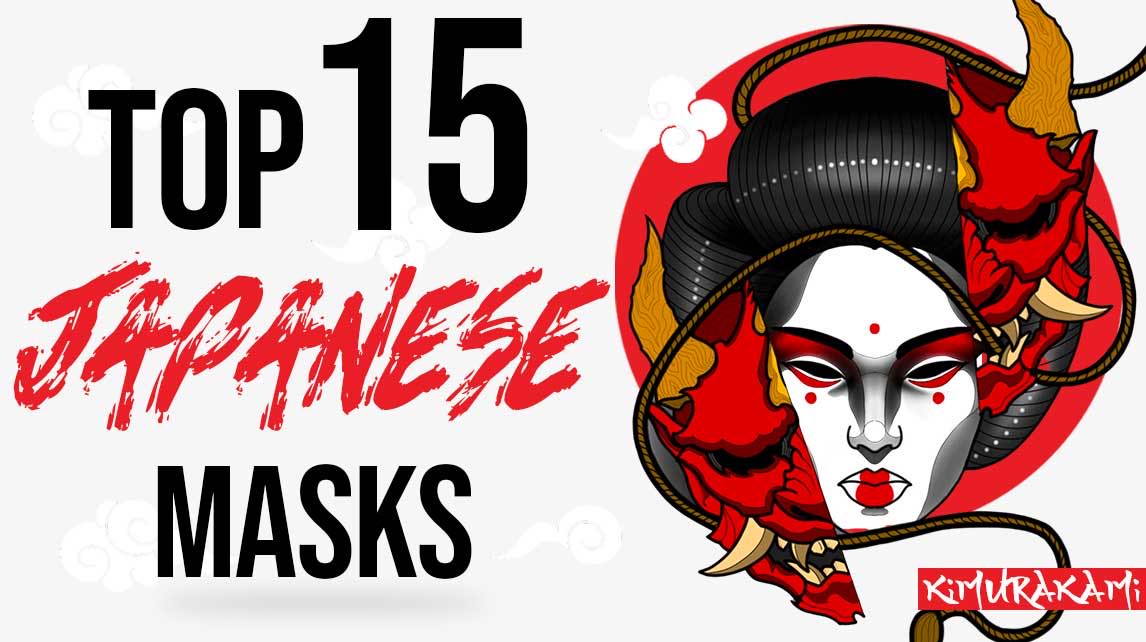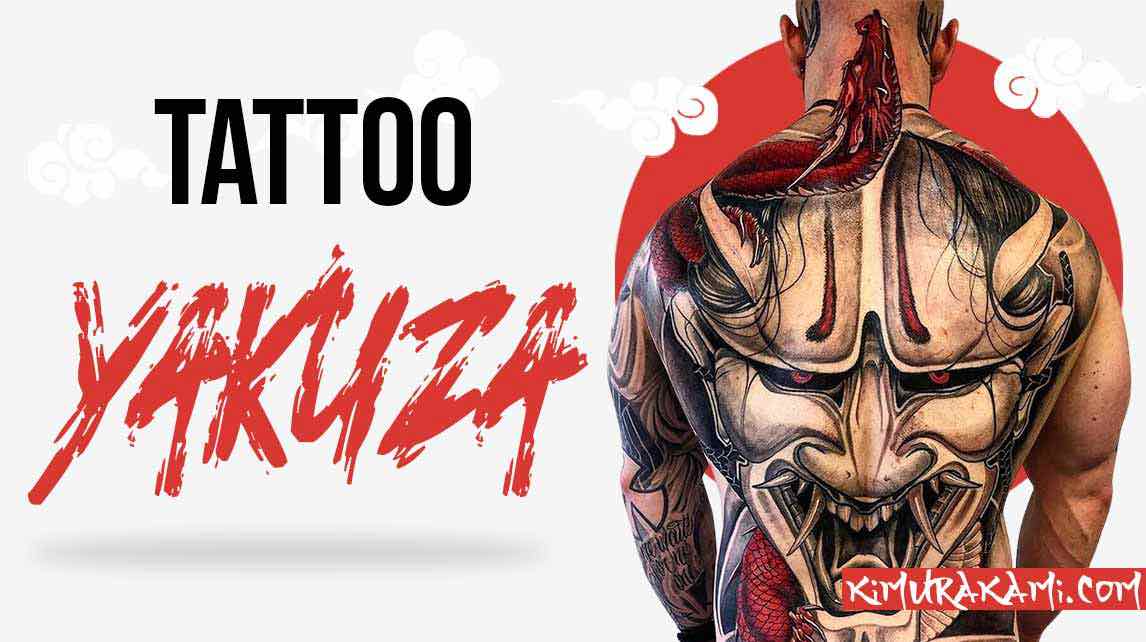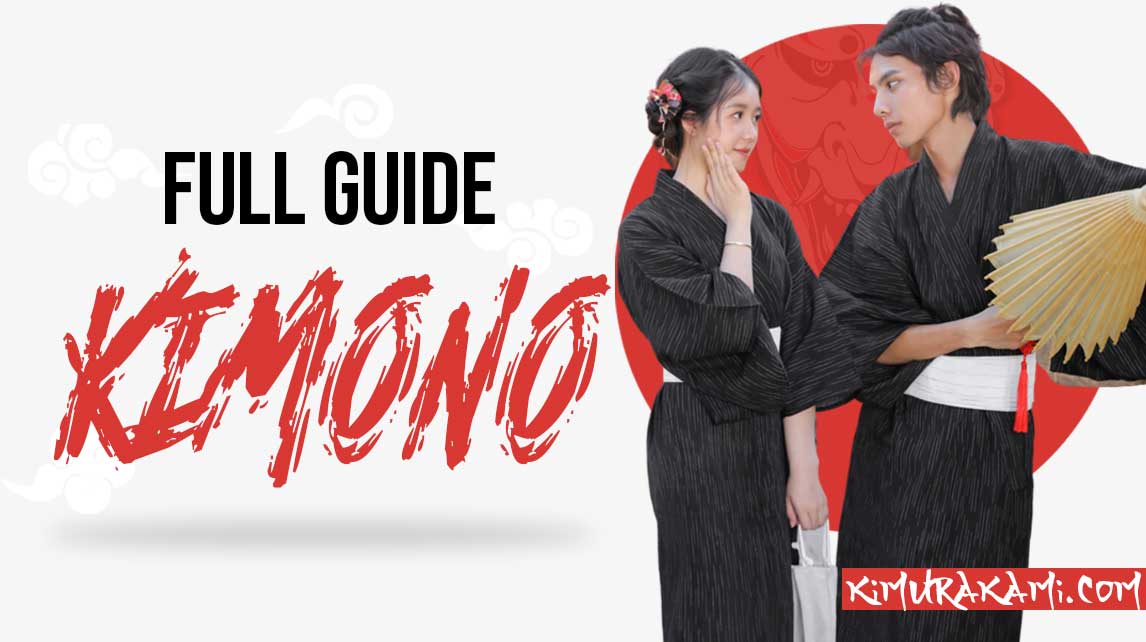The animal symbolism in Japan has been prevalent for five hundred years now. If you visit Japan, you will see mythological animals adorning stores, homes, and even commercial establishments. Some of the animals in Japanese mythology have such a complex and impactful history, that it is absolutely not uncommon to see collections by the hundred filling the shelves in homes in Japan.
Knowing the meaning of these symbolic animals will help you understand why they may be revered or feared. You can also connect spiritually with one of these animals and try to establish a link between the spiritual world and the real world through the animal, well, in theory!
Like any culture, Japan has its share of folk animals. But for Westerners, whose folklore tends to recycle the same variations on witches, goblins, orcs, and dragons, Japan's bestiary of creatures can be staggeringly varied and include an astronomical number of animals. Among the hundreds of yōkai - or supernatural beings.
Today we will discuss in detail five of the most well-known creatures of Japanese mythology. The very rich history and sometimes even the strong symbolism will certainly not leave you indifferent!
Here then is the point on these five animals of the Nipponese folklore.
The mythical Koi carp (鯉)

Also known as "koi fish", these are very popular fish and the absolute Japanese protagonists of most ponds around the country. These beautiful and famous Asian fish have many curiosities that we detail here in a few points in case you are not yet surprised by their colors:
- The real name of the koi is Nishikigoi, which means "wavy carp."
- They are descendants of the "common" carp (Cyprinus carpio).
- TheKoi fishis one of the most tattooed fish on the planet.
- They originated in the Far East and China, where their existence is attested as early as 500 BC, but they were later known by Japan, where they are referred to as the "national fish."
- By 1840, koi farming was a popular activity in Japanese high society, becoming a status symbol.
- National interest in koi was awakened in Japan in 1914, when Emperor Hirohito introduced the fish to his pool at the Imperial Palace.
- They have a long lifespan: they can live 20 to 30 years (or more) and some claim to be as old as 200 years. Fossils have been found that are over 20 million years old.
- curiosities about koi carp
- They are quiet fish and it is said that they can even recognize their owners.
- Their weight can exceed 8 kg. They are omnivorous with a herbivorous tendency.
- There are about 20 to 30 color combinations. The first breeding techniques were discovered in China, and the first color variations ranged from red to gray. The first interesting color variation was found in the early 19th century, with combinations of red, white and yellow.
- They can grow to 80 or 90 cm (although there are varieties that can be up to one meter).
- curiosities about koi carp in Japan .
- They are very popular. Many people breed and keep them as a hobby, even paying more than €100,000 for a single specimen.
- Nowadays, koi competitions are held in many countries, where prizes are awarded to the most beautiful specimens, which can reach astronomical sums. The most important competition is the All Japan koi show, which is held annually in Tokyo.
- They are said to bring luck and symbolize strength and perseverance.
- The higher the water temperature, the greater the voracity and hunger of the carp. When the temperature drops below 6 °C, the carp practically stops feeding and enters a phase of semi-hibernation, which can last all winter!"
Koi carp & mythology

According to Nipon mythology, fish that managed to swim upstream to the waterfall and upstream were transformed into dragons as a reward for their efforts. Perhaps this is why koi carp are said to look so much like dragons!
The koi symbolizes good fortune in business or academic life, associated with perseverance in the face of adversity and tenacity; on the other hand, it is also considered a symbol of patience and longevity. There is nothing that better expresses triumph in life than the koi's ascent of the waterfall.
They are incredible, both for their history and for their wonderful and varied colors that give them spectacular beauty and reflections in the water. True living jewels that we wanted to capture on shirts!
Cranes (tsuru, 鶴) Origami

This bird represents peace, happiness, good luck and protection of the family and the weakest. Japanese culture is full of ancient animal-related traditions.
Small story: Origami Cranes

Originami is the art of making paper objects. It is thousands of years old, but the origami crane that we are so familiar with was "invented" less than a century ago.
It's all happened in the past few years.
It all happened in the 1940s, during the Hiroshima War, which ended with the explosion of an atomic bomb. At the time, a young girl named Sadako Sasaki was very ill due to radiation exposure.
During her stay in the hospital, her friend Chizuko advised her to make paper cranes, because if she reached 1,000, she could make a wish. Of course, hers would be to be cured of her illness, but she also wanted the war to end.
Sadako & the thousand cranes

The little girl could not achieve her goal, as she died after making the 644th wish, but her friends continued the "mission" that will be known around the world and now symbolizes peace.
In honor of the girl, a statue has been erected in which she is seen holding a crane. Every August 6, children from all over the country and the world send their origami as an offering and respect.
In Japan, the origami are made in the shape of a crane.
In Japan, Origami cranes are given as gifts to wish the other person health, happiness, well-being and prosperity. For example, when a couple gets married, when a baby is born, or when a person is ill. They can also be given as a gift to someone you love very much.
The crane, symbol & Japanese mythology
Beyond the meaning of the Origami crane, it is good to know the symbolism that revolves around this long-legged, necked bird. In Japanese culture, it is associated with loyalty and honor, as well as strength. For this reason, it was chosen by the caste of samurai to adorn their weapons and shields with its designs.
When a crane is seen in the far east, it is considered a good omen. It is called the "bird of peace" or "happiness" and, of course, "peace" thanks to Origami - it even appears in the movie saga Kung Fu Panda!
Japanese crane: symbolism
According to a legend, this bird protects the weak with its large wings and transports people to higher spiritual places. When someone dies, it is said to carry their soul to heaven.
The Japanese crane is a wading bird with black and white plumage that is characterized by its elegance, agility, and ability to react to danger. It is also one of the longest-lived birds: it can live 40 years, although a Japanese myth claims that it can live up to 1,000 years. For this reason, they are associated with ancient sages and the search for the spiritual path in Buddhism.
She lives on the island of Hokkaido and protects her nest with a ferocity unknown in other members of her family. For this reason, she is also a symbol of protection in the family and a bringer of good fortune!
The Japanese Ryu dragon
 Designed by Ian Harrison
Designed by Ian Harrison
The dragon Ryu is very famous around the world. It is one of the most common and popular elements of Japanese themed tattoos. Its popularity is such that it has often been misinterpreted. Indeed, the dragon is an animal considered evil in Europe, very close to the devil. This is far from the meaning given to this mystical animal in Asia.
Today, this relationship of dragons with evil, with the fantasy world in which a knight slays the dragon to save a princess, is changing. Japanese dragon mythology originated in India where, before the birth of Buddhism, mystical creatures wearing snake crowns were already believed to exist. These creatures were called nago.
- The dragon means protectionand luck.
But they did not arrive in Japan until the 6th century BC, imported from China. The dragon came to Japan through Buddhism and the Zen world. In hundreds of Japanese temples, dragons can be seen decorating the domes and ceilings of temples. They are usually found in the most special halls where the most important meetings and ceremonial events take place. And the main reason for its presence in temples is that it is considered a protector of the commandments and law of Buddhism because it can keep storms away from crops, protecting them from climate change.
The Ryu dragon, as a protector of crops, is a symbol of fertilityand luck, a amulet of protection. So it has many magical powers that are supposed to be represented in the tattoo!
The first tattoos depicting the Ryu dragon date back to the late Edo period, when the vast catalog of Japanese tattoos was created by irezumi masters. Its popularity is due, in part, to a Japanese legend in which a hundred heroes confronted a corrupt government. The most famous of the hundred heroes who took part in the revolution had nine Ryu dragons tattooed on his skin.
The Kirin Unicorn

One of the rarest, most impressive and powerful creatures ever known in East Asia is the kirin, which looks like a unicorn. It is a royal animal, sacredand highly revered, often considered a god in its own right. The kirin is a chimeric beast resembling a deer with a body covered in dragon-like scales. It has a tail like that of an ox and an abundant mane. His body and mane are covered with bright holy fire. His face is the image of complete serenity.
A gentle animal, the kirin never eats the flesh of others and takes great care never to step on a living being, even an insect. When it does walk, it does so without trampling a single blade of grass. Its beauty is surpassed only by its rarity; kirins appear only in times of world peace, under the rule of noble and enlightened rulers, on lands owned by wise and benevolent people, or as heralds of a golden age. The kirin never harm good and pure souls, but they are quick and fierce to attack if threatened, spitting holy fire from their mouths.
Because kirin are beasts of purity and goodness, they have been used in sculptures and paintings as symbols of these virtues since ancient times. They are also considered symbols of justice and wisdom. Because of their sanctity, kirin images frequently adorn temples and shrines. They are portents of good fortune and luck, and the appearance of a kirin is often considered a sign of the arrival of a great leader or sage.
Kirin were introduced to Japan by Chinese myths and legends, where they are known as qilin. Over time, the Chinese and Japanese versions have resulted in slightly different creatures. In Japan, the kirin is consideredthe most powerful and sacred beast of all, surpassing the hō-ō and tatsu in power.
The giraffe is also called a kirin in Japanese, named for traits it shares with the sacred kirin. Its long legs, scale-like pattern, gentle nature and the buttons on its head must have reminded the early Japanese who saw a giraffe of the most sacred of beasts.
Deer God, Princess Mononoke
 Film shot, Princess mononoke
Film shot, Princess mononoke
The deer god (forest spirit) is the protector of the Cedar Forest and is the god of life and death in the cult anime, Princess Mononoke.
In the movie:
He heals Ashitaka of his gunshot wound, but interestingly, he doesn't touch the boar curse. Later, he takes the lives of Okkoto and Moro. During Lady Eboshi's hunt to kill the Deer God, she shoots him turning him into a humanoid form "Night-Walker", releasing his destructive body. The life of everything he touches is then drained, causing massive destruction and death; this lasts until Ashitaka and San return his head, restoring peace!
In Japanese mythology:
He is called Yatsukamizuomitsuno, who is worshipped in Nagahama, Shiga. Its origin comes from the Buddhist scripture "The Kasuga Deer Mandala", where it is seen as a deer with a tree on its head. He is the power that forms a planet.
Also called Night Walker, he is commonly called Daidarabotchi in Japanese. In the film, Spirit of the Forest, the Night Walker is the personification of the forest. He is neither good nor evil.









Can you make a peacock mantis, shrimp tattoo but in a Japanese style look or just a tattoo desing
Leave a comment